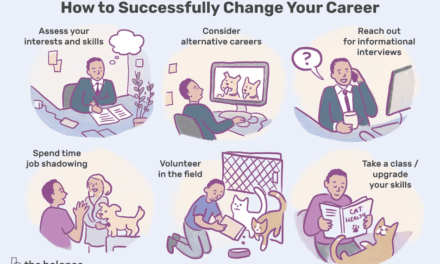There are a variety of organizations that run networking groups across the country. The largest group is probably BNI, which offers members the chance to attend weekly meetings and develop new professional relationships to help them grow their business. Some chambers of commerce are now organizing “leads groups” for their members as well. These groups intend to offer members a way to connect and potentially refer to each other’s business.
In most “leads groups,” each group allows no more than one representative from any industry, so if the group has a mortgage broker, other mortgage brokers have to join another group or wait for the seat to open up. The idea is that by restricting membership, you eliminate competition within the team.
The schedule at most structured networking meetings is pretty straightforward. Each member has an opportunity to introduce themselves; then, there is a short presentation by one or two members (each member gets the chance eventually). The meeting ends with members discussing potential referrals for each other, which means that most of the members get about one minute to present who they are and teach the other members of the group how to refer to them.
Most people do an excellent job of presenting themselves. However, most people do not think to ask for referrals. At most networking events, they do not expect you to call for a reference or explain what you see as a good referral. However, at a leads group, it is not only acceptable, but it is also expected!
I am involved in some networking groups and have used the simple outline below to create my elevator pitch (quick introduction). When I deliver my elevator pitch to a leads group, my goal is to educate everyone in the room about my company and what I do, as well as to teach them the best way to refer others to me. Also, I want to make sure I ask for a specific referral. I will go through each piece of the outline in detail, but here are the basics.
- Introduction
o Name
o Position + company name
o Location of the company
o Overview of services - Tell a story
- Call to action
The introduction piece of your presentation should stay the same every time you give it. You might say something like, “My name is Joe Smith. I am a mortgage broker at ABC mortgages in Anytown, USA. We offer a full line of residential and commercial mortgage products.” You can add some additional detail, but you should focus on keeping this short and on point.
At each meeting, you will have the chance to differentiate yourself from the competition by telling a short story during your presentation. The story can be related to a specific challenge you helped a client overcome, a unique feature of your product or service, or you can simply talk about a new development at your company. Consider writing out your stories in advance, so you know what you are going to say at each meeting. Also, you can schedule the content so that the other members of your group learn more and more about you at each session. You need to focus on educating your group a little more each week.
The “call to action” is critical, and the piece that most people overlook. You need to tell the other members of your group exactly what type of referral you are seeking. For example, our mortgage broker, Joe Smith, might say, “Today a good referral for me would be a Realtor at XYZ real estate company.” Joe may also say, “Today, a good referral for me would be anyone who purchased their home more than ten years ago.”
I always recommend that your “call to action” is as accurate as possible. If Joe stands up and says that a good referral would be anyone who needs a mortgage, the rest of the group will have a harder time thinking of people to recommend. If Joe asks for an introduction to a specific person at a particular company, someone in the group may know that person or know someone at that company who can facilitate Joe’s introduction. The more specific the request, the more likely it is to trigger someone else in the group’s memory.
A last minute hint:
Keep focused on the networks of the people in the group, not on the people themselves. In other words, when you are participating in networking or leads groups, you should not focus on gaining the business of the people at the table. Instead, you should focus on achieving their trust so that they will refer your people in their network.
© Wordscapes® (David Turner). All Rights Reserved.




